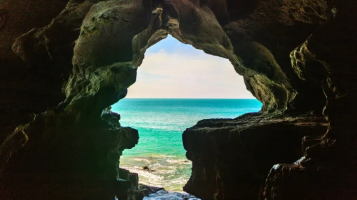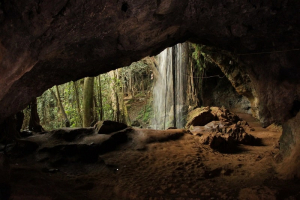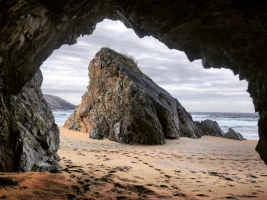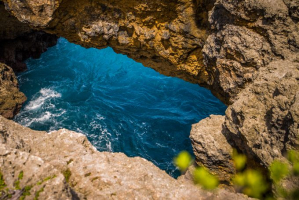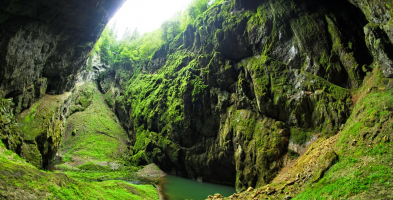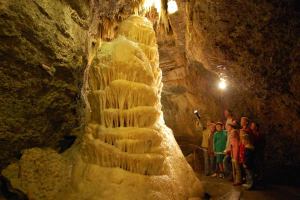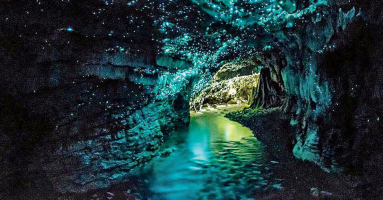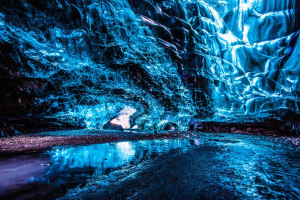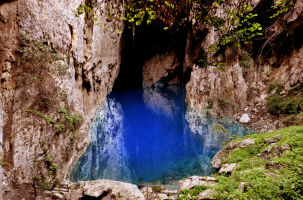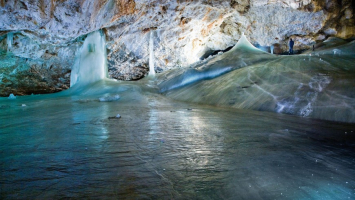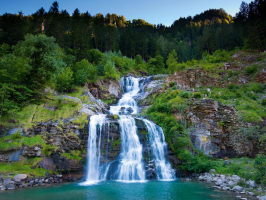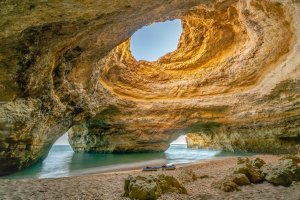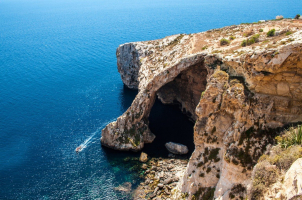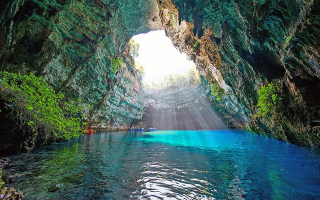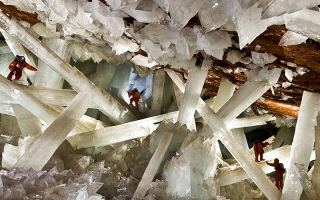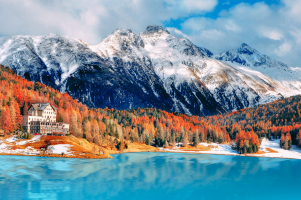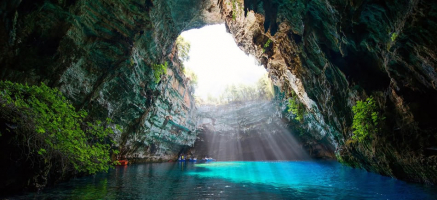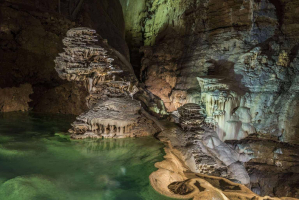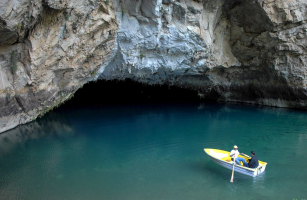Top 6 Most Beautiful Caves in Switzerland
The best riches are frequently hidden beneath, as experience has shown, and the numerous caves in Switzerland are no exception. While some served a functional ... read more...use in the past, they are now intriguing locations to visit for both the young and elderly. Check out the most beautiful caves in Switzerland with Toplist now!
-
With a length of more than 200 kilometers, Hölloch is regarded one of the world's most extensive cave systems. You can explore and experience a world you've never seen or imagined with daylight tours and adventurous expeditions.
You can't seem to get away from the cave's allure. It's simply incredible how much elemental energy nature used to construct such rock structures over a million years.
A party led by Alois Ulrich conducted the first scientific exploration of the cave in 1875. Later expeditions in the 1950s led by Alfred Bögli, a pioneer of speleology, were able to explore a substantial portion of the cave.
The cave's investigated length increased from 25 kilometers (16 miles) in 1952 to 100 kilometers (62 miles) by 1968. It was the first cave in the world with an examined length of 100 kilometers, and it was thought to be the world's largest cave system until the Flint Ridge Cave System was linked to the Mammoth Cave System in 1972.
Despite this, the Hölloch was explored further, and by 1976, it had been mapped to be around 130 km (81 mi) long.Location: Canton of Schwyz
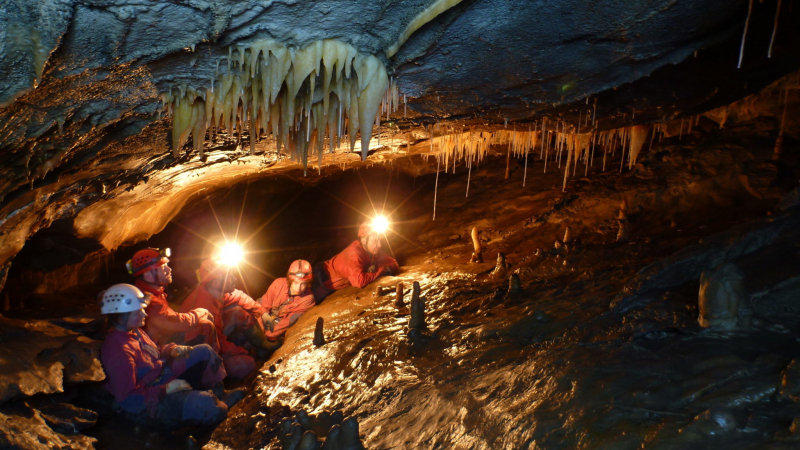
Photo: Stoos-Muotatal 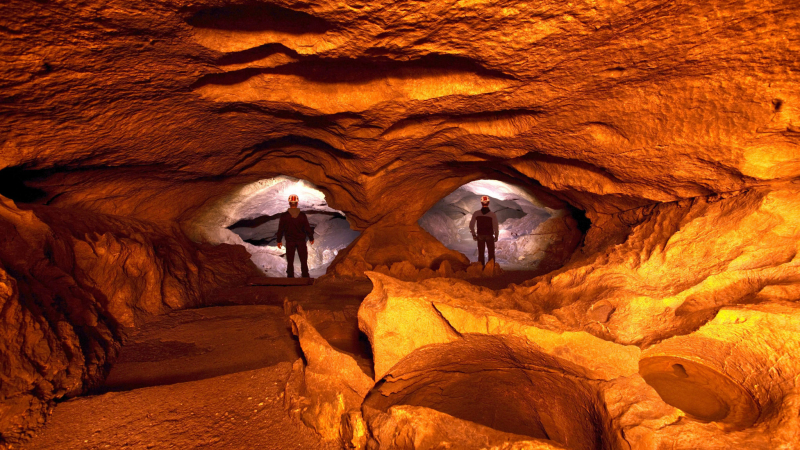
Photo: Stoos-Muotatal -
The Gruebisbalm cave, located on the southern slopes of the Rigi, "Queen of the Mountains," high above Lucerne's dazzling Lake Lucerne, provides an unusual venue for galas, feasts, and shows. This cave is considered one of the most beautiful caves in Switzerland.
The Gruebisbalm cave provides an unusual location for galas, feasts, and shows. Trains on Europe's oldest cog railway ascend about 500 vertical meters in roughly 7 minutes from Vitznau on the lakefront to Gruebisbalm station. A 10-minute walk along a lit route leads to the cave entrance hidden behind a waterfall from here.
A small lake can be found inside the cave, as well as space for buffet dinners with up to 400 people seated at wooden benches and tables. The Indian Cave Dinner, which features delectable cuisine from the subcontinent, is one of the specialties; other Swiss and regional meals are also available.
DJs, alphorn players, musical ensembles, and performance artists can all be contracted for dancing and entertainment on the stage. Flowers may be placed in the grotto, and floating candles can be used to magically brighten the lake. Although the cave is heated, it is nevertheless suggested that you dress warmly.
Location: Gruebisbalm, Vitznau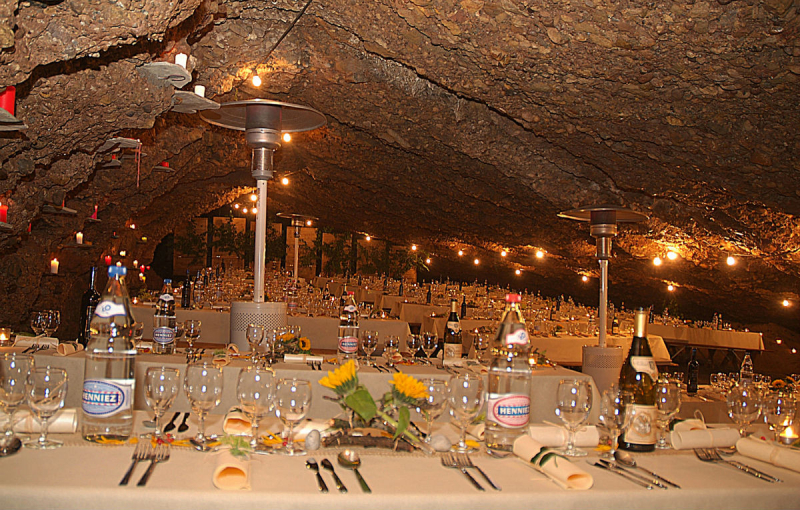
Photo: Rigi 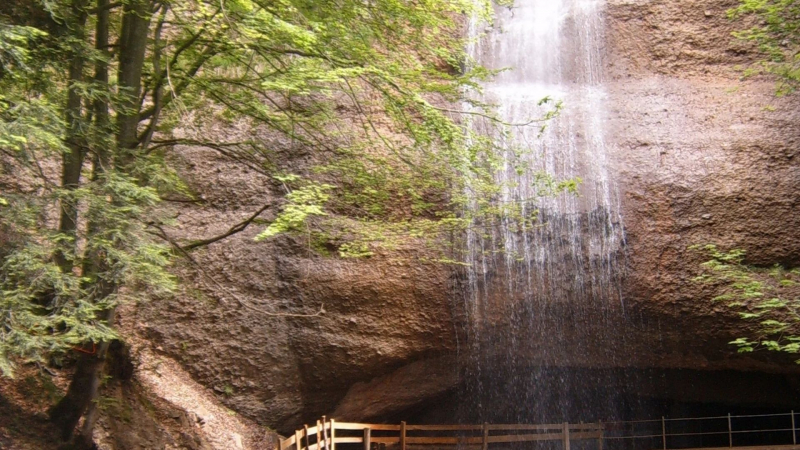
Photo: Switzerland Tourism -
The Kesslerloch cave is one of Europe's most important late Ice Age sites, containing signs of Upper Palaeolithic Age communities (Magdalenian civilisation, 14 000 – 12 000 B.C.).
Throughout the hunting season, the location was most likely utilized as a gathering spot by hunting groups during the summer months. However, the term came from the traveling folk, gypsies, and tinkers who lived in the cave. The cave, which is slightly under 200 m2 with the bordering woods and meadows in front, was designated as a national monument in 1902 and is currently available to the public.
Those interested in learning more about the Kesslerloch might go to the museum at Allerheiligen, Schaffhausen.
Location: Thayngen, Schaffhausen
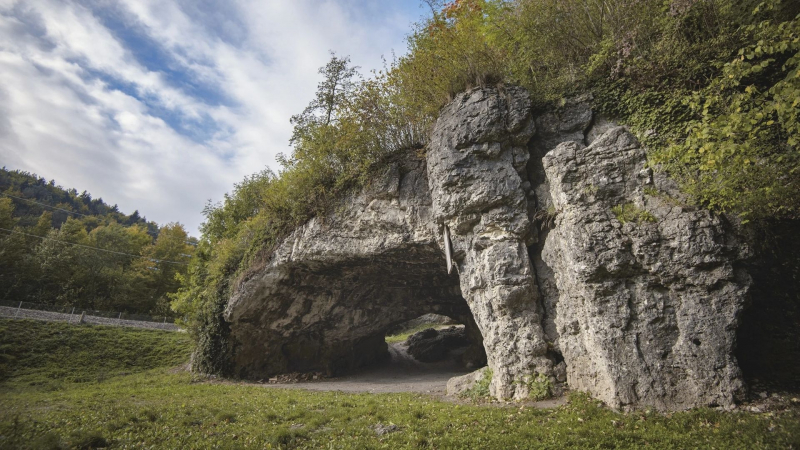
Photo: Switzerland Tourism 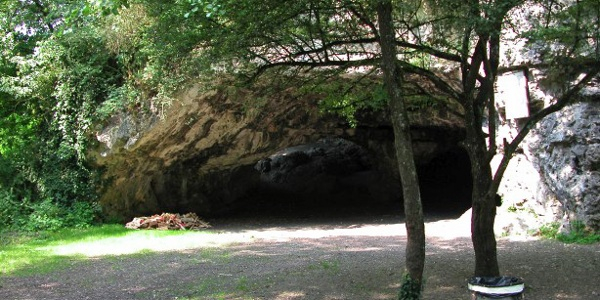
Photo: Outdooractive -
The St. Beatus Caves, located high above Lake Thun, provide visitors the opportunity to explore a one-of-a-kind underground environment.
The St. Beatus Caves on the banks of Lake Thun in Interlaken are one of Switzerland's best-known and most popular day-trip locations. Visitors can explore the depths of the Niederhorn mountain for approximately one kilometer by following a well-designed and well-lit trail. Visitors will find stalactites and stalagmites produced by nature over millions of years as they immerse themselves in this unique underground habitat. Exploring this wonderful environment is guaranteed to whet your hunger, which may be satiated at the newly rebuilt "Stein & Sein" restaurant. The catering crew is waiting with a menu full of regional and culinary specialities. In addition, the Subterranean Museum is definitely worth a visit if you want to learn more about the cave environment and everything there is to know about caving.
The cave entrance is a short walk through the forest from the "Beatushöhlen" STI stop on bus route 21. Visitors will cross multiple bridges and observe the flowing waterfall as it exits the cave along the route. To far, around 14km of the enormous cave system have been explored. During their stay, visitors can walk across one kilometer of this on their own. The temperature in the caverns remains stable throughout the year, ranging between 8°C and 10°C. As a result, it is best to dress warmly!
The deep canyons, majestic caverns, and cascading waterfalls of the St. Beatus Caves emanate a particular force. Because of contemporary, electric illumination, the trails through the underground chambers are safe and simple to follow. Guests may take a tour of the massive stalactite formations and marvel at the many caves' distinctive shapes and colors. 25 information boards in German and English give intriguing information on the St. Beatus Caves along the journey.
Finally, a visit to the new Beatus shop, which sells a broad variety of regional items, is worthwhile. There's something for everyone, from delectable food delicacies to Trauffer Brienz wooden toys. Children will especially enjoy the huge playground, which has a dragon slide. Group activities can be scheduled outside of typical business hours.
Location: Sundlauenen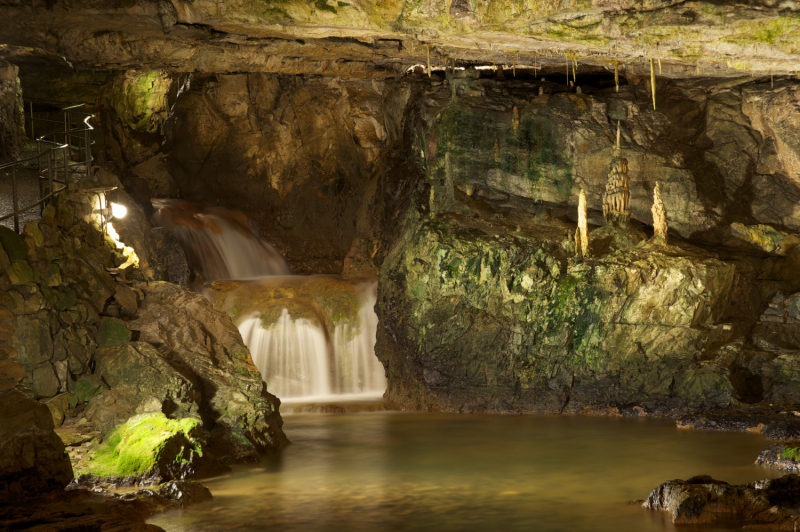
Photo: Regional-Pass Berner Oberland 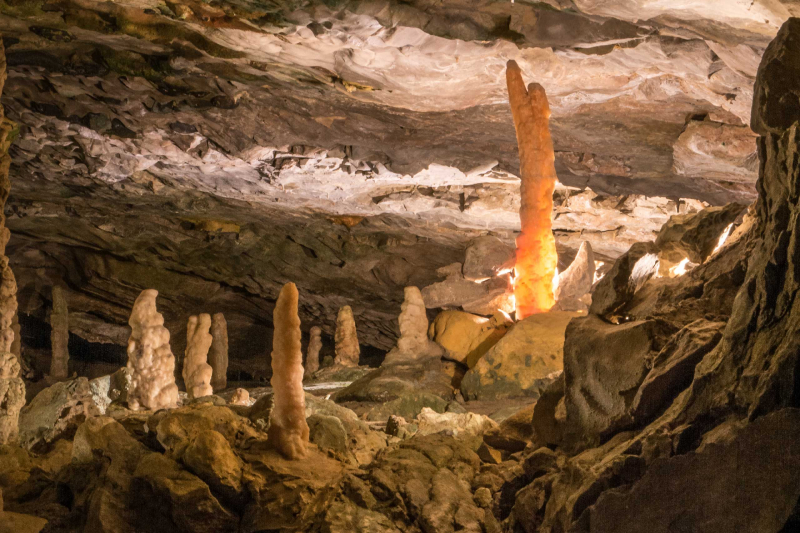
Photo: Interlaken -
In Lorzentobel, near Baar, you may explore the world's most magnificent stalactite caverns. The Hell Grottoes Caves fascinate both young and old visitors with its fairy-tale rock formations.
6,000 years old - but presented in a contemporary manner. This magical underground realm is full of miniature lakes, stalagmites, and stalactites and is one-of-a-kind, fantastic, and interesting. Visitors may explore the entire range of patterns and colors in these natural rock formations thanks to cutting-edge LED illumination. The audioguide, which is equally suitable for children, allows you to hear the Tüüfeli, the mischievous cave spirit, telling a family how the caves developed. This surprise-filled dramatized presentation teaches our young cave explorers and more mature grotto aficionados everything they need to know about the Hell Grottoes Caves.
Location: Lorzentobel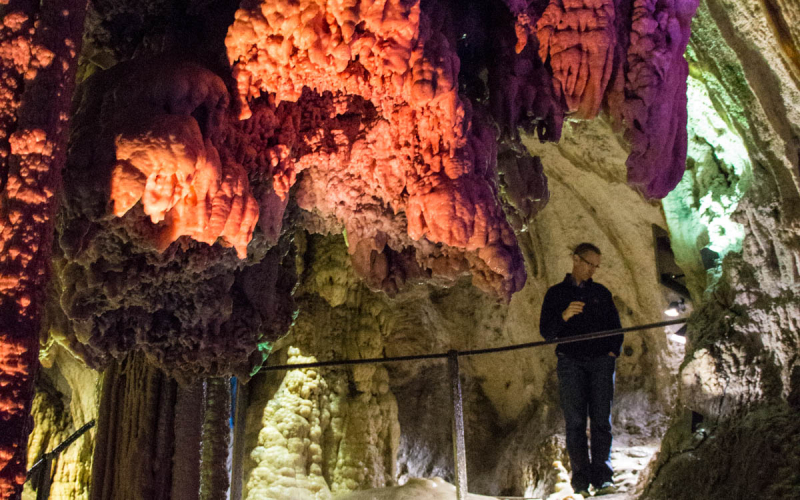
Photo: Swiss Family Fun 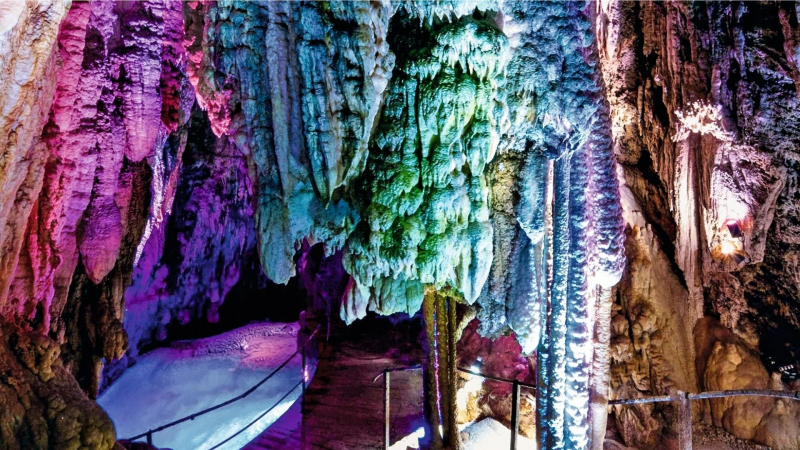
Photo: Switzerland Tourism -
Rounding out the list of most beautiful caves in Switzerland is Col-des-Roches. Hydropower is nearly hard to harness if brooks and rivers only stream sluggishly above ground. As a result, residents of the Le Locle Valley began to use underground streams. This is how the "Col-des-Roches" cave mills came to be.
How the underground workshop was established almost 400 years ago beggars comprehension. Despite this, water-powered mills and sawmills may be found in natural and man-made tunnels and karst caverns. Volunteers renovated the cave factory, which is the only one in Europe, and it is now available to the public.
The underground mills provide insight into a period of area history. The usage of hydropower is demonstrated at a museum on the working and purpose of the mills, which allows visitors to get insight into the Jura's unique character. The repaired mill and sawmill machinery may be seen in the grottoes and tunnels.
Bring a warm sweater because the cave is frigid, with an average temperature of 7°C.In 1653 and 1660, the natural cave was turned into a water-powered subterranean mill, and it now houses remnants of 17th, 18th, and 19th century equipment. Hydraulic energy is used to reassemble a flour mill on many storeys. Visitors may learn about the key topics of a rich and little-known regional history at this place, which is unique in Europe. The permanent display covers the site's history as well as key subjects such as agriculture, milling, baking, hydraulic energy, electricity, and boundaries.
Location: Le Locle Valley
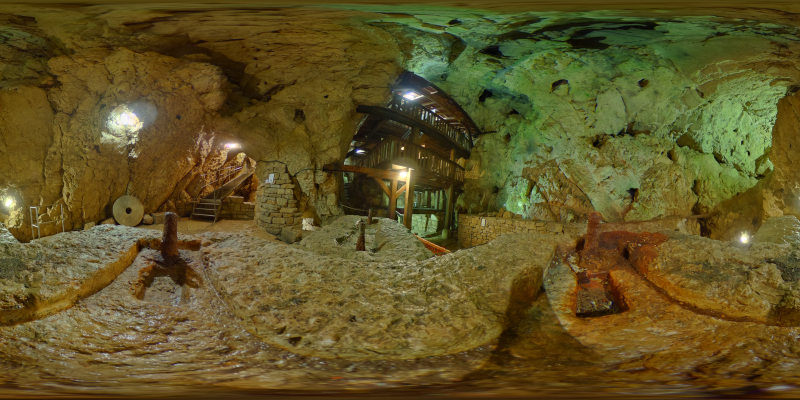
Photo: Wikimedia Commons 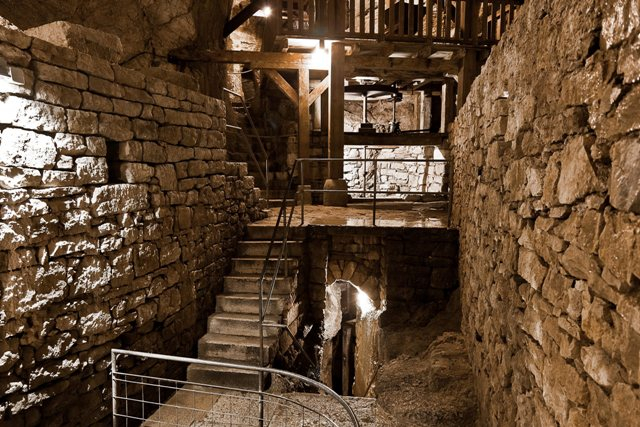
Photo: ArcInfo








